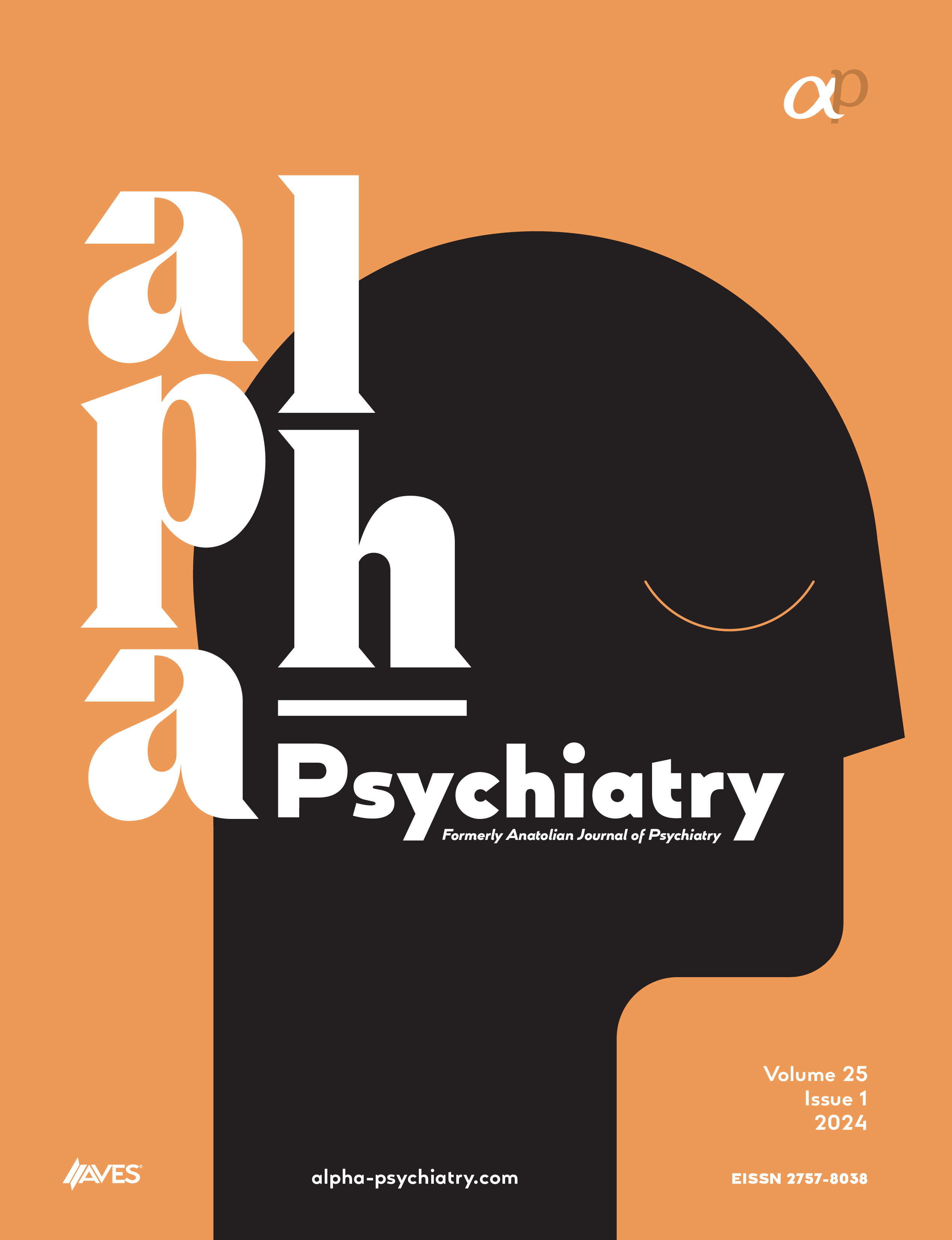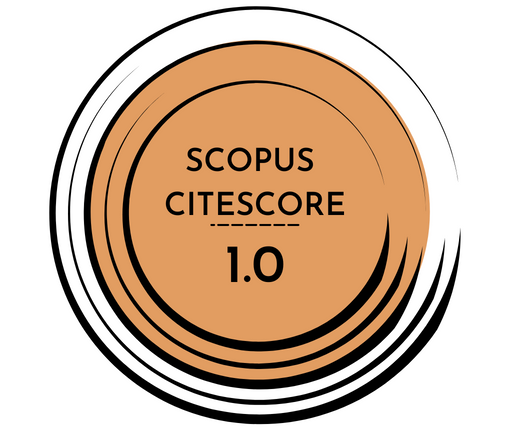Objective: One of the mechanisms proposed in the etiology of psychiatric disorders is the immunological and inflammatory processes. The aim of this study was to evaluate the neutrophil/lymphocyte ratio (NLR), platelet/ lymphocyte ratio (PLR), monocyte/lymphocyte ratio (MLR) and mean platelet volume (MPV) levels as an inflam-matory marker in childhood-onset psychiatric disorders and to evaluate the inflammation parameters in the etiology. Methods: The hemogram data of 165 patients with early onset schizophrenia, bipolar disorder, depressive disorder and anorexia nervosa and 70 healthy children and adolescents were evaluated. In this study, artificial neural net-works (ANN) are used for artificial intelligence-based computer aided system (CAS) design which can be able to help pediatric psychiatry specialists to diagnose easily and quickly. The data belonging to the patients were subjected to the normalization process in the designed system. Then, normalized data was entered to ANN and five outlets including four diseases and one test group were determined. The ANN model used has features of multilayer sensor network design. A three-tier cross validation method was used to test the success of the designed system. The three-tier cross- validation method is further divided into three parts. In each stage the first part was used for the test and the second and third parts was used for training. Results: The accuracy value of the model were calculated as 99%. Conclusion: These results show that the designed model gives robust and reliable results and can help the physicians in prediagnosis and differential diagnosis in clinical practice. [Anadolu Psikiyatri Derg 2020; 21(3.000): 301-309]




